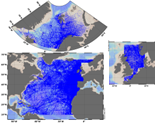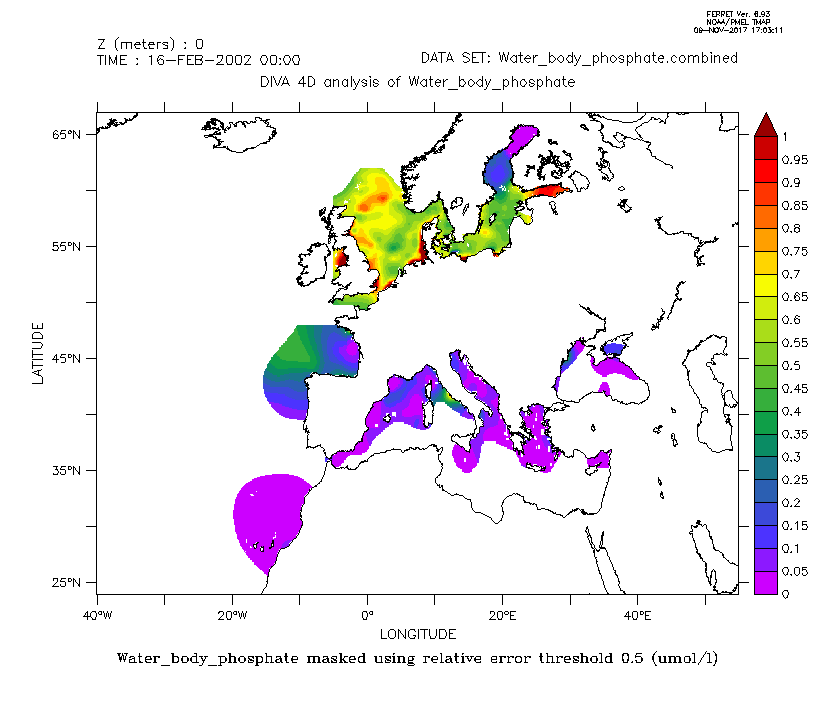2017
Type of resources
Available actions
Topics
Keywords
Contact for the resource
Provided by
Years
Formats
Representation types
Update frequencies
status
Service types
Scale
Resolution
-
Ce jeu de données donne les intercommunalités sur le département de la Gironde.
-

Historiquement l'Agence Technique Départementale a été créée pour accompagner les maîtres d'ouvrage dans la réalisation des bâtiments ou infrastructures communaux. Elle a depuis développé un savoir-faire particulier grâce à une équipe technique performante pour accompagner les élus dans l'aide à la décision ou plus largement dans les réflexions à mener sur leur territoire. Aujourd'hui, avec le désengagement progressif des services d'ingénierie de l'Etat, l'ATD permet de conserver pour les collectivités Territoriales qui y adhèrent une offre d'ingénierie publique Territoriale compétente. Les missions statutaires constituées par les études de faisabilité ou de simple diagnostic sont désormais complétées par des missions d'assistance technique en phase pré-opérationnelles réalisées uniquement dans le cadre de prestations intégrées. L'ensemble de ces missions reste strictement circonscrit dans la sphère du maître d'ouvrage, l'ATD n'assurant pas de mission de maîtrise d'œuvre.
-
Temporal series (annual mean values) with error of estimation and Long Term Average (LTA) with error of estimation of total nitrogen load for each river mouth where in situ data is available. Different sources can be mixed if any.
-

The SeaDataNet aggregated datasets over the Atlantic Ocean are regional ODV historical collections of all temperature and salinity measurements contained within SeaDataNet database and covering 3 European sea basins: North Arctic Ocean, North Sea, North Atlantic Ocean. Two versions have been published during SeaDataNet 2 and they represent a snapshot of the SeaDataNet database content at two different times: • V1.1 January 2014 • V2 March 2015 Each of them is the result of the Quality Check Strategy (QCS) implemented during SeaDataNet 2 that contributed to highly improve the quality of temperature and salinity data. The QCS is made by four main phases: 1. data harvesting from the central CDI 2. file and parameter aggregation 3. quality check analysis at regional level 4. analysis and correction of data anomalies. The aggregated datasets have been prepared and quality checked using ODV software.
-

Nature de l'occupation du sol par commune et en m².
-

Combined product of Water body phosphate based on DIVA 4D 10-year analysis on five regions : Northeast Atlantic Ocean, North Sea, Baltic Sea, Black Sea, Mediterranean Sea. The boundaries and overlapping zones between these five regions were filtered to avoid any unrealistic spatial discontinuities. This combined water body phosphate product is masked using the relative error threshold 0.5. Units: umol/l
-

The EEA coastline dataset is created for detailed analysis with a Minimum Mapping Unit of e.g. 1:100000, for geographical Europe. The coastline is a hybrid product obtained from satellite imagery from two projects: 1) EUHYDRO (Pan-European hydrographic and drainage database) [https://land.copernicus.eu/pan-european/satellite-derived-products/eu-hydro/view] and 2) GSHHG (A Global Self-consistent, Hierarchical, High-resolution Geography Database) [http://www.soest.hawaii.edu/pwessel/gshhg/]. The defining criteria was altitude level = 0 from EUDEM [https://land.copernicus.eu/pan-european/satellite-derived-products/eu-dem/view]. Outside the coverage of the EUDEM, the coastline from GSHHG was used without modifications. A few manual amendments to the dataset were necessary to meet requirements from EU Nature Directives, Water Framework Directive and Marine Strategy Framework Directive. In 2015, several corrections were made in the Kalogeroi Islands (coordinates 38.169, 25.287) and two other Greek little islets (coordinates 36.766264, 23.604318), as well as in the peninsula of Porkkala (around coordinates 59.99, 24.42). In this revision (v3, 2017), 2 big lagoons have been removed from Baltic region, because, according to HELCOM, are freshwater lagoons. This dataset is a polygon usable as a water-land mask.
-
This data product selects sample areas of digital bathymetry, chosen for their relevance to marine activities and data sources alternative to GEBCO. The approach for building the digital map of water depth is to use GEBCO as a baseline and look at a set of sample areas where GEBCO could be improved upon. Sample areas have also been selected to be representative of each continent bordering the Atlantic and expected future requirements. Data sources include GEBCO, EMODNET, USGS and CHS.
-
The three digital maps provided in this product aim to assess the degree of Offshore windfarm siting suitability existing over a geographical area with a focal point where waters of France and Spain meet in Biscay Bay on 500 m depth. The maps display respectively the spatial distribution of the average and lowest windfarm siting suitability scores along with the average wind speed distribution over a time period of 10 years. They are part of a process set up to assess the fit for use quality of the currently available datasets to support a preliminary selection of potential offshore sites for wind energy development. To build these maps, GIS tools were applied to several key spatial datasets from the 5 data type domains considered in the project: Air, Marine Water, Riverbed/Seabed, Biota/Biology and Human Activities, collated during the initial stages of the project. Initially, each selected dataset was formatted and clipped to the study area extent and spatially classified according to suitability scores, to define raster layers with the variables depicting levels of current anthropogenic and environmental spatial occupation of activities, seabed depth and slope, distances to shoreline, shipping intensity, mean significant wave height, and substrate type. These pre-processed layers were employed as inputs for applying a spatial multi-criteria model using a wind farming suitability classification based on a discrete 5 grades index, ranging from Very Low up to Very High suitability. In adition to suitability maps, an average wind speed spatial distribution map for a 10 years period, at 10 m height, was obtained over the study area from the raster processing of a wind speed time series of monthly means available from daily wind analysis data. The characteristics of the datasets used in this exercise underwent an appropriateness evaluation procedure based on a comparison between their measured quality and those specified for the product. The study area, located in the Biscay Golf includes a coastal zone of Spain and France. Consequently, some zones are subject to constraints to offshore windfarm implementation due to environmental protection, visual impacts and seafoor attributes. Data gaps exist with an emphasis on fishing activity and distribution of essential habitats and species. All the spatial information made available in these maps and from the subsequent appropriateness analysis of the datasets, contributes to a clearer overview of the amount of public-access baseline knowledge currently existing for the North Atlantic basin area.
-
Temporal series (annual mean values) and Long term Average (LTA) of water discharge for each river mouth where in situ data is available. Different sources can be mixed if any.
 Catalogue PIGMA
Catalogue PIGMA